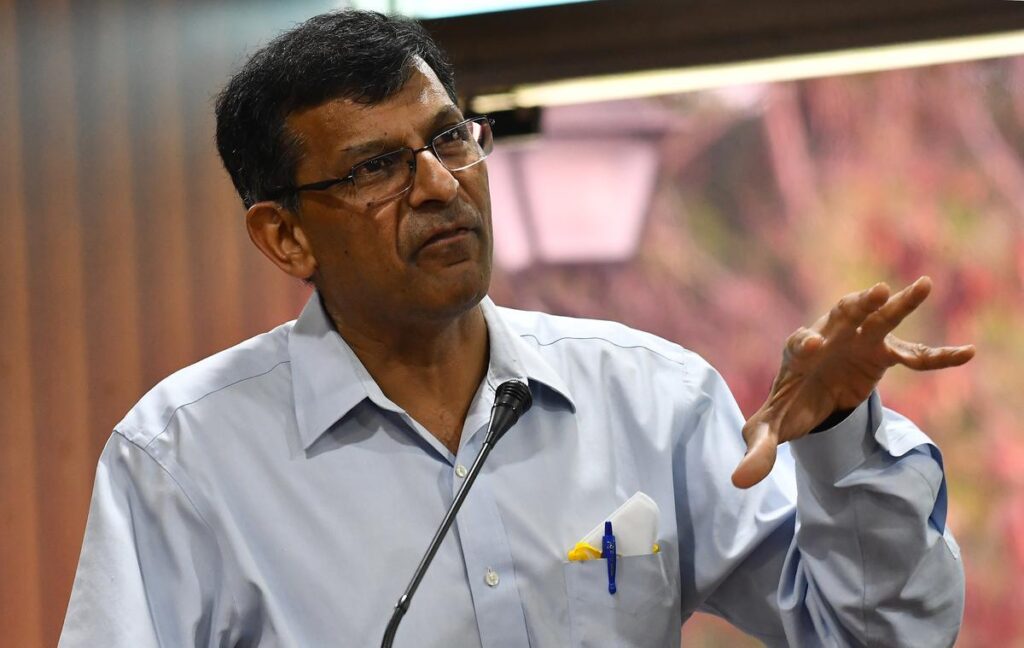The term “Hindu rate of growth” refers to the low economic growth rates experienced by India in the decades following its independence in 1947. It was coined by Indian economist Raj Krishna in the 1970s to describe the sluggish pace of economic development during that period, which averaged around 3-4% annually. This slow growth was attributed to a variety of factors, including a highly regulated economy, bureaucratic inefficiencies, and a lack of investment in infrastructure and technology.

Source:- news 18
Former Reserve Bank of India Governor Raghuram Rajan’s recent remarks suggesting that India may be returning to a “Hindu rate of growth” have sparked debate. Some argue that his comments may be premature, given India’s recent efforts to liberalize its economy, attract foreign investment, and implement structural reforms aimed at stimulating growth. They point to India’s pre-pandemic growth rates, which were among the highest in the world.
Source:- BBC news
However, others caution that persistent challenges such as bureaucratic red tape, inadequate infrastructure, and regulatory hurdles could hinder India’s long-term growth potential. They argue that without sustained reforms to address these issues, India risks falling back into a pattern of slower growth reminiscent of the “Hindu rate of growth” era.
Share your views in the comments

